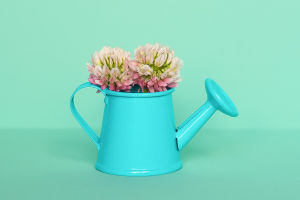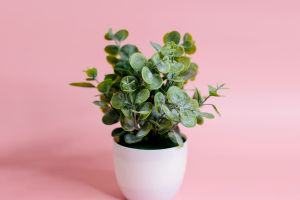Lykkers, what's your favorite shade of blue in nature? If you love all things vivid and natural, then cornflowers might just be the bloom that steals your heart.
These flowers are more than just pretty petals; they're packed with history and versatility, and today we're diving deep into what makes them so special!
Cornflowers are well-known for their captivating blue hue, but there's more to this flower than meets the eye. From ancient symbolism to modern gardens, these blooms have woven their way into the fabric of many cultures.
A Burst of Blue
Cornflowers (Centaurea cyanus) are famous for their strikingly vibrant blue color. Native to Europe, these wildflowers once flourished in fields and meadows. Over time, gardeners have embraced cornflowers for their easy care and brilliant blooms, making them a favorite in cottage gardens and wildflower collections. Their natural beauty makes them an excellent choice for those looking to add a splash of color to any outdoor space.
Symbolism and Significance
Throughout history, cornflowers have carried symbolic meaning. In ancient Egypt, they were associated with life after death and were even found in pharaohs' tombs. In Europe, they have been symbols of hope, strength, and remembrance. Today, the cornflower is the national flower of Estonia and is still admired for its delicate, yet resilient nature. It's a flower with roots in both culture and beauty.
Growing Cornflower/Bachelors Button Time Lapse - Seed to Flowers (77 Days)
Video by eLapse
How to Grow Cornflowers
Cornflowers are low-maintenance, making them an ideal choice for beginner gardeners. They thrive in sunny locations with well-drained soil. Whether planted in a garden bed or a container, cornflowers will bloom from late spring to mid-summer.
Water them regularly, but don't overwater—these blooms prefer a bit of dryness to stay at their best. You can also expect to attract plenty of bees and butterflies with their nectar-rich flowers!
Perfect for Flower Arrangements
Cornflowers aren't just for the garden; they make a beautiful addition to fresh or dried bouquets. Their long stems and eye-catching color provide a stunning contrast to other blooms, especially when paired with softer hues.
As cut flowers, cornflowers can last up to a week in a vase. They also dry well, preserving their blue petals, making them perfect for long-lasting arrangements or craft projects.
Cornflowers in Skincare
Cornflowers aren't just pretty to look at—they also offer benefits in skincare! Their natural anti-inflammatory and antioxidant properties make them a popular ingredient in products for sensitive skin. Cornflower water, often used in eye care treatments, can help reduce puffiness and soothe irritated eyes.
Additionally, the flower's calming effects make it a great choice for toners and facial mists. Whether you're applying a cornflower-infused cream or a refreshing spritz, this bloom proves it's more than just a visual delight—it's a beauty secret worth trying!
Cornflowers are a reminder that beauty often comes in the simplest forms. Whether you plant them in your garden or enjoy them in a bouquet, their charm is undeniable.


